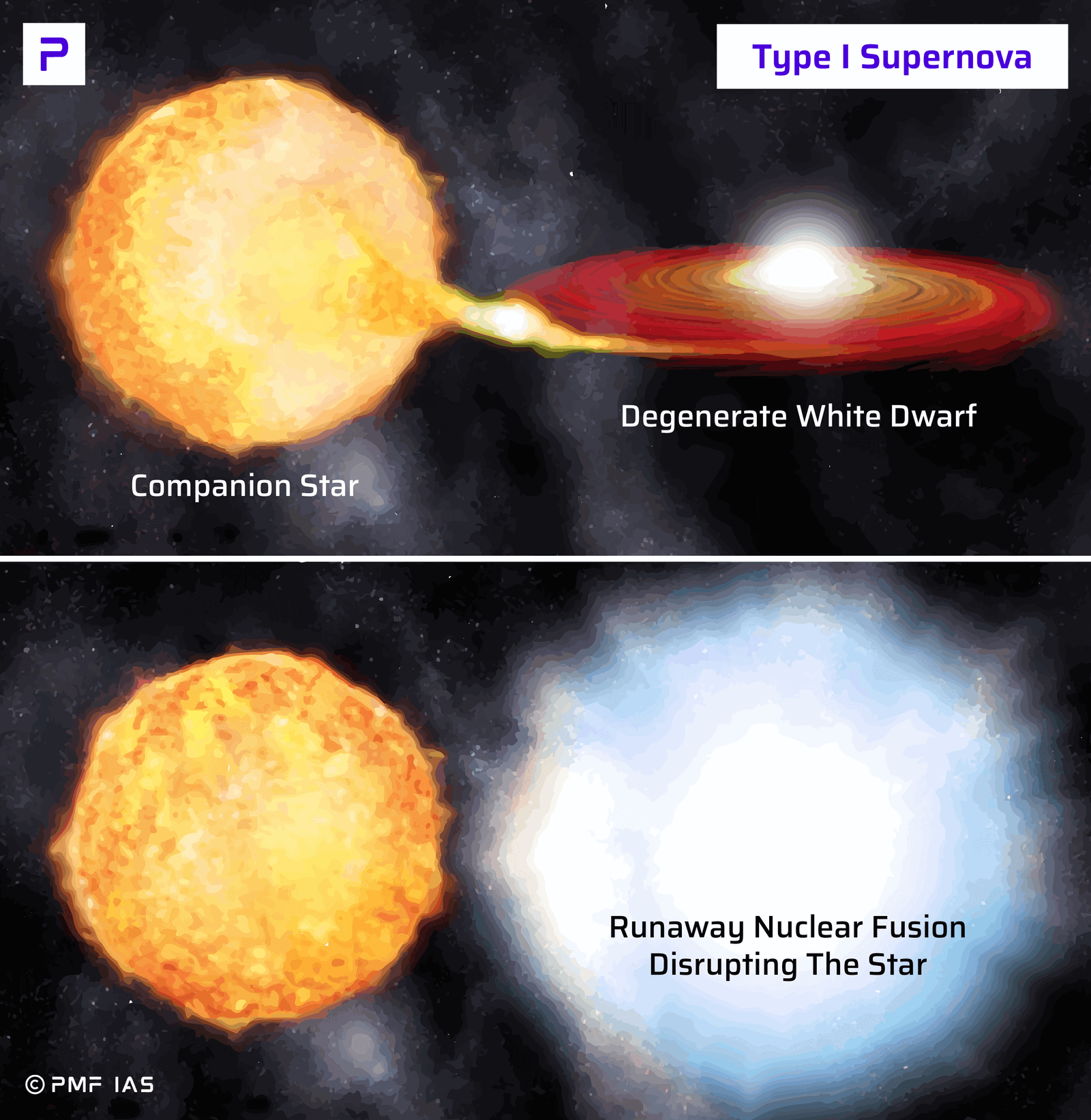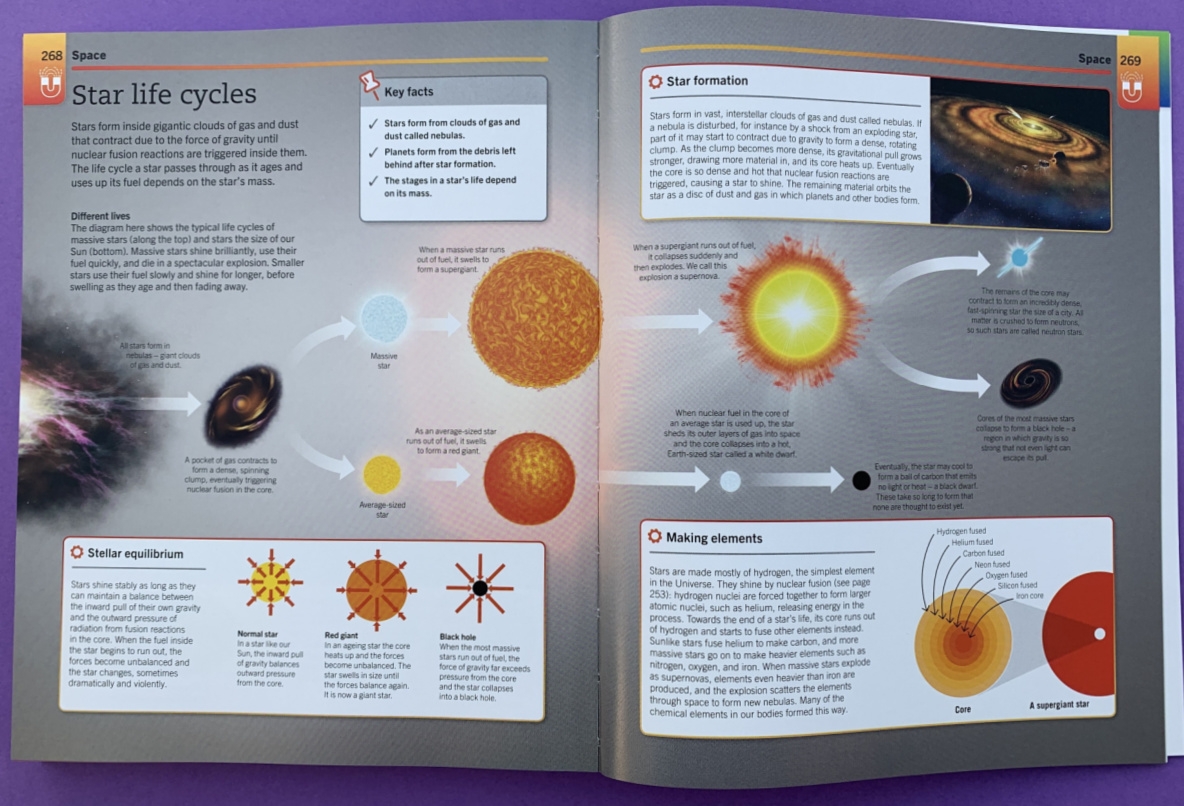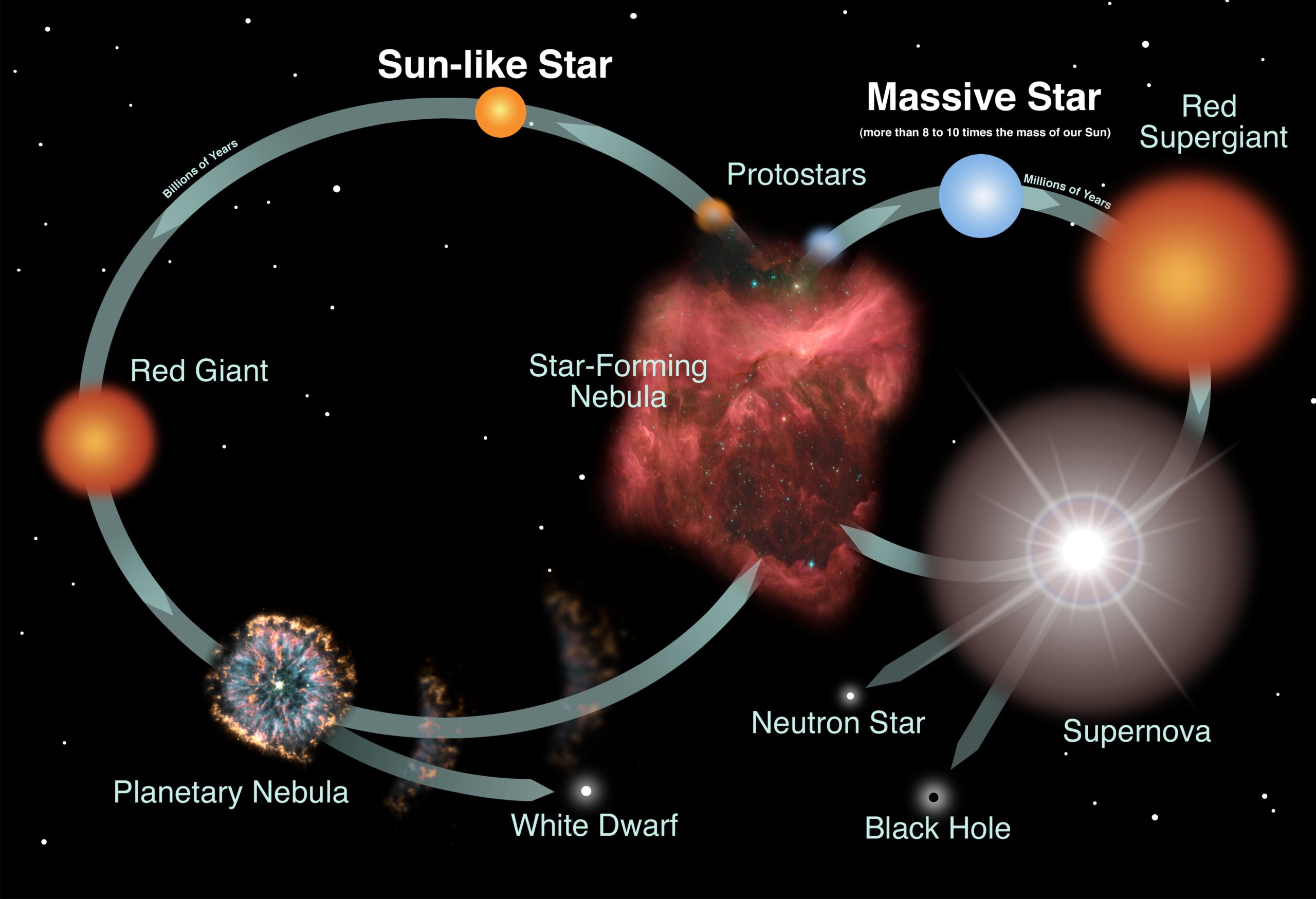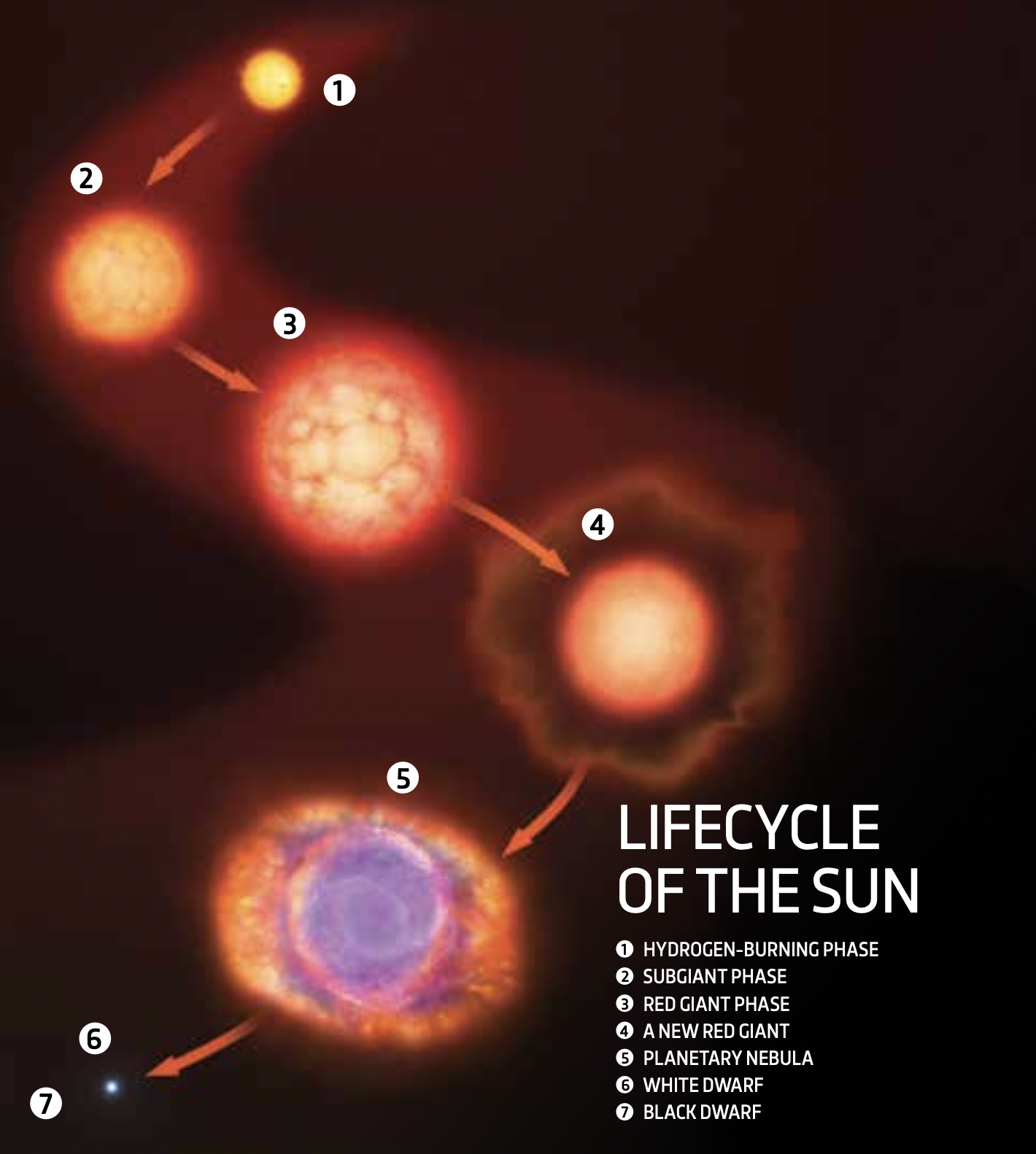Stars are fascinating celestial bodies that have captured the curiosity of humans for centuries. From the twinkling lights in the night sky to massive supernovas, the life cycle of stars is a captivating topic that can be easily understood.
Whether you’re a space enthusiast or just curious about the universe, learning about the life cycle of stars can be a rewarding experience. So, let’s dive into the simple yet amazing journey that stars go through from birth to death.

life cycle of stars reading simple
The Life Cycle of Stars Made Simple
Stars begin their life as clouds of gas and dust known as nebulae. Over time, gravity causes these nebulae to collapse and form a protostar, which eventually ignites and becomes a full-fledged star.
As a star ages, it goes through various stages depending on its size. Small stars like our sun will eventually expand into red giants before shedding their outer layers and becoming white dwarfs. Larger stars, on the other hand, may end their lives in spectacular supernova explosions.
After a star goes supernova, it can leave behind a remnant such as a neutron star or a black hole. These remnants continue to exert a gravitational pull on their surroundings, influencing the formation of new stars and planets in the galaxy.
Understanding the life cycle of stars not only sheds light on the mysteries of the universe but also provides insights into the origins of elements essential for life on Earth. From the birth of a star to its eventual demise, each stage is a crucial part of the cosmic dance that keeps the universe in motion.
So, the next time you gaze up at the night sky, remember that the stars above have their own stories to tell, stories that are as complex as they are beautiful.

How A Solar System Is Formed Science Learning Hub

Super Simple Physics Ofamily Learning Together

When Will The Sun Die Space

Star Formation Evolution Lifecycle Britannica

The Life Cycle Of A Star How Will Our Solar System End BBC Science Focus Magazine